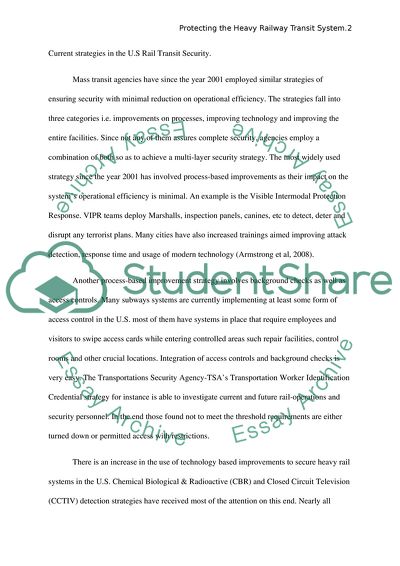Cite this document
(Critical Infrastructures- Railroad Transportation (Heavy Rail) Assignment, n.d.)
Critical Infrastructures- Railroad Transportation (Heavy Rail) Assignment. Retrieved from https://studentshare.org/engineering-and-construction/1866448-critical-infrastructures-railroad-transportation-heavy-rail
Critical Infrastructures- Railroad Transportation (Heavy Rail) Assignment. Retrieved from https://studentshare.org/engineering-and-construction/1866448-critical-infrastructures-railroad-transportation-heavy-rail
(Critical Infrastructures- Railroad Transportation (Heavy Rail) Assignment)
Critical Infrastructures- Railroad Transportation (Heavy Rail) Assignment. https://studentshare.org/engineering-and-construction/1866448-critical-infrastructures-railroad-transportation-heavy-rail.
Critical Infrastructures- Railroad Transportation (Heavy Rail) Assignment. https://studentshare.org/engineering-and-construction/1866448-critical-infrastructures-railroad-transportation-heavy-rail.
“Critical Infrastructures- Railroad Transportation (Heavy Rail) Assignment”, n.d. https://studentshare.org/engineering-and-construction/1866448-critical-infrastructures-railroad-transportation-heavy-rail.


